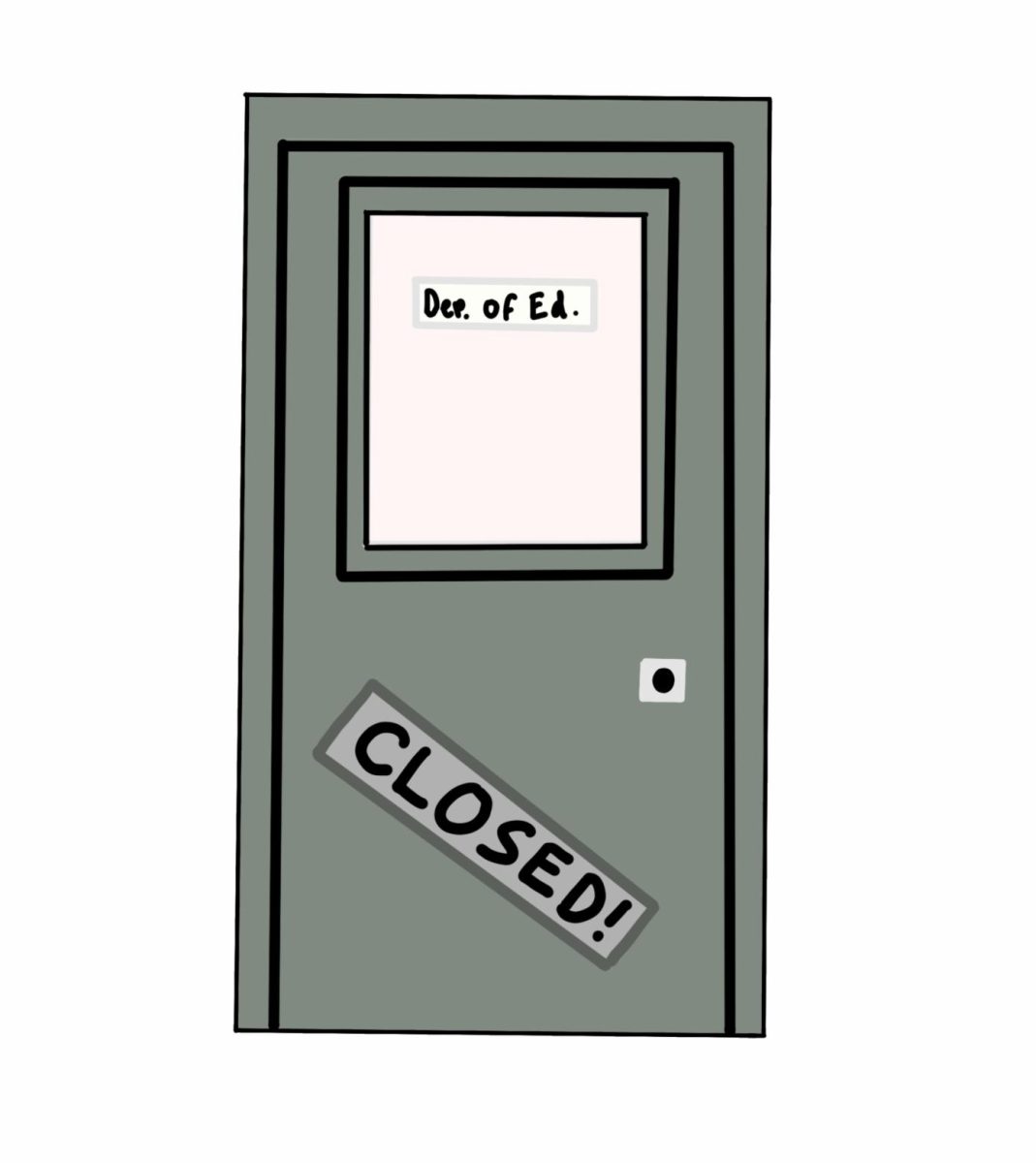Confront misinformation in media
February 6, 2022
One plus one equals two. That is an indisputable fact. However, suppose a public figure says that it equals two and another says it equals four. How should a journalist cover that? Should they say the first person is correct or that there is disagreement over the answer? To ensure truth for society, the journalist should say the second person is wrong. Unfortunately, that rarely happens.
In 1957, the US Public Health Service established the connection between smoking and lung cancer, according to the CEBP. Unfortunately, this didn’t lead to a change in how the media portrayed smoking. Tobacco companies continued to be the sponsors of major networks and editors varied on how they reported on it. According to the Journal of Community Health on Missouri’s 2006-2011 tobacco coverage, 11.3% of editorials had mixed messages on tobacco usage and 35.2% of them supported the tobacco industry. This continues to happen today with topics like vaccines, masks, and January 6th, 2021.
News channels should be promoting truth in their broadcasting by calling out individuals for spreading disinformation. This is how humanity progresses toward a better future. Nowadays, individuals look at certain channels and say “that one’s left-leaning” or “that one’s far-right.” But that’s not really the point. Find the sources that are telling the truth.
New York University journalism professor Jay Rosen is the writer and author of the blog PressThink, which covers journalists’ roles and how their actions dictate patterns in society. He describes the job of the press as “not just to inform a public that may or may not emerge, but to improve the chances that it will emerge,” Rosen said.
The stakes of this truth in the current political climate really matter. When the President of the United States says that injecting yourself with bleach will cure COVID-19, journalists have an obligation to dispute that. Otherwise, society will follow suit.
























